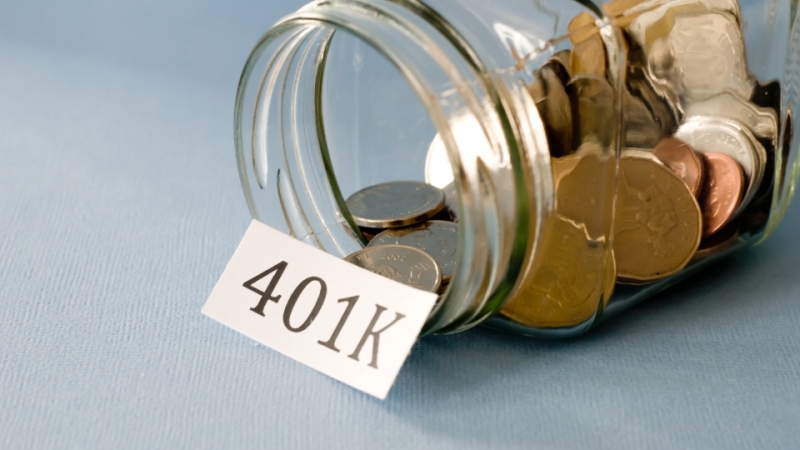
The spread of COVID-19’s delta variant has everyone worried, but the impact will only delay growth prospects instead of diminishing them.
- There are three factors contributing to inflation, Dhawan stated, but they are all temporary.
- First, inflation spiked due to the reopening of the hospitality and retail sectors.
- Secondly, there were idiosyncratic supply chain disruptions that contributed to inflation.
- Lastly, Dhawan notes the “super-sized stock market gains” leading to “spectacular home price growth.”
The spread of COVID-19’s delta variant has everyone worried, but the impact will only delay growth prospects instead of diminishing them, according to Rajeev Dhawan from the Economic Forecasting Center at Georgia State University’s J. Mack Robinson College of Business.
Dhawan attributes the pause in growth to a decrease in consumption of contact-heavy service-sector products, such as hospitality, travel, and elective healthcare. This is mainly due to the surge in illnesses and hospitalizations. “Once public health measures arrest the surge, consumer sentiment will improve, the service sector will reignite and growth will resume,” Dhawan said.
There are three factors contributing to inflation, Dhawan stated, but they are all temporary.
First, inflation spiked due to the reopening of the hospitality and retail sectors. Dhawan notes that hotel rooms have spiked, with a 10% increase in each quarter of 2021, due to a sharp rise in occupancy after a long period of inactivity. “And this was mostly leisure travel,” Dhawan explained. “It shows up in data as a rise in the consumer price index (CPI). But this is temporary. Another round of double-digit price increases would only happen if people began taking vacations not only in the summer, but also in the fall, and then again in winter – an absurdity, as it violates social calendar norms.”
Secondly, there appeared to be idiosyncratic supply chain disruptions that contributed to inflation. Accidents that occurred at chip production plants in Taiwan had a negative impact on U.S. car sales; shortages reduced new vehicle inventory, leading to upward pressure on used-car prices. However, Dhawan said, “This was a one-time price increase that is already leveling off.”
Dhawan also acknowledged the paradox of falling interest rates for 10-year treasury bonds given the high fiscal debt and rise of inflation.
“Why has the 10-year bond yield fallen for the last three months after peaking at 1.6% in March? And does this drop signal diminished growth prospects in 2022?” He asked. “Let me start by answering the second question. Growth prospects are undiminished but will be delayed.”
Dhawan asserts that the drop in 10-year yields were the result of geopolitical worry and an influx of funds due to the growing number of delta variant cases. “Companies pause capital expenditures (investments) during times of uncertainty and park their money in the safest assets in the world – U.S. treasury bonds,” he explained.
Lastly, Dhawan notes the “super-sized stock market gains” leading to “spectacular home price growth.” The heated residential real estate market is being spurred on by “dramatic” stock performance since the lows of March 2020. This is what caused “spectacular home price growth” over the past 12 months.
“The pandemic triggered a demand shock – a change in housing taste and location preference – that has not abated during subsequent waves of the virus,” he said. “People are moving from crowded in-town areas to single-family homes farther out or farther away.”
However, Dhawan believes the hot market for residential real estate will eventually cool down. “Once everyone has moved, the demand shock will abate. Affordability depends on price and interest rates. Although the Fed will not raise rates until well into 2023 (as tapering of bond purchases won’t begin until mid-2022),” he said. “Sustained high domestic fiscal deficits and eventual global recovery will push up long-bond yields, causing mortgage rates to reach 4% by late 2022.”
The forecaster reveals that 617,000 new jobs were added per month from January to July, with nearly 50% growth in the hospitality and retail sectors. “Corporate job growth is at 52,000 new positions per month,” Dhawan said. “That’s only 8% of total job growth for a sector whose share of jobs is 14%. Further boosts for this sector will hinge on the global economy, which still hasn’t picked up speed because of vaccine scarcity.”
Additional highlights from Dhawan’s National Economic Forecast:
- Gross domestic product (GDP) growth will be 5% in the third quarter of 2021.
- Overall GDP growth will be 5.7% in 2021, 3.9% in 2022 and 2.7% in 2023.
- Housing starts will average 1.560 million in 2021, 1.433 million in 2022 and 1.363 million in 2023.
- CPI inflation will be 4.3% in 2021, moderate to 3.1% in 2022 and further moderate to 2.4% in 2023.
- The 10-year bond rate will average 1.4% in 2021, 2.1% in 2022 and 2.5% in 2023.
For more information about the Economic Forecasting Center, visit their website.




